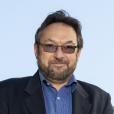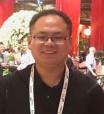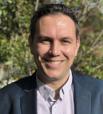Launch of deep technology incubator
This week ANSTO formally launched the nandin Deep Technology Incubator, a full-service innovation hub that enables the best and the brightest minds to come together to foster innovation and change.

Showing 1121 - 1140 of 1651 results
This week ANSTO formally launched the nandin Deep Technology Incubator, a full-service innovation hub that enables the best and the brightest minds to come together to foster innovation and change.
Shorebirds Competition 2021 results.

Sample environments, Data Analysis, Mail-In Services
Over the next week, ANSTO will be joining the festivities of National Science Week with an exciting lineup of activities that celebrate science and technology


Research is undertaken to characterise and optimise the beneficial impacts of radiation on living matter
Second half of 2018
Scientific merit of applications for beamtime assessed.


This resource guides students through how to interpret and analyse authentic research data, generated during a collaborative project between UNSW, UTS, ANSTO and Taronga Zoo Sydney. The project examines the use of high-resolution x-ray fluorescence as a tool to combat the international illegal wildlife trade (IWT) of short beaked echidnas, which are being removed from the wild and claimed as captive-bred.
Students will:
- examine the adaptations of short beaked echidnas that increase their ability to survive in their environment
- explore the use of technology in contributing to the study and conservation of biodiversity
- construct simple graphs of the provided data using MS Excel, and interpret and analyse these graphs
- investigate how scientific knowledge interacts with social, economic, cultural and ethical issues.




Research to assess the impact of recent landscape change by measuring fundamental geomorphic processes that are the result of long-term landscape evolution.
Building a stable tower out of paper and designing a bionic limb were among the challenges of the Discover Engineering day, held on 11 May at ANSTO.
Nanostructure engineered low activation superconductors for fusion energy research.
Micro radiation therapy being developed by UOW in association with the Australian Synchrotron.